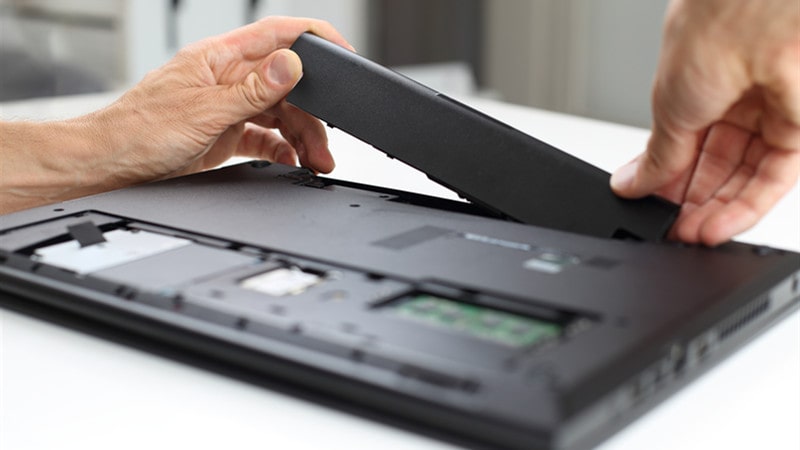
Temperature plays a crucial role in the efficiency and longevity of your laptop battery. Both high and low temperatures can adversely affect the performance and lifespan of a laptop battery. Understanding these impacts can help you better manage your laptop usage and maintain optimal battery health. In this article, we explore the relationship between temperature and laptop battery performance.
Effects of High Temperatures
- Decreased Battery Life: High temperatures can significantly shorten the lifespan of your laptop battery. Heat causes the battery to operate at a higher voltage, which can lead to increased battery wear and a faster depletion of its overall lifespan.
- Faster Discharge Rates: In a high-temperature environment, the laptop battery discharges faster than usual. This is because the chemical reactions that generate electricity within the battery speed up with the rise in temperature, leading to faster energy depletion.
- Potential Damage: Extreme heat can potentially damage the battery structure and cause swelling, leakage, or in worst-case scenarios, combustion. Overheating can also cause damage to the laptop’s internal components.
Effects of Low Temperatures
- Reduced Capacity: Cold temperatures can cause the capacity of a laptop battery to decrease temporarily. The cold slows down the chemical reactions within the battery, reducing its ability to deliver power.
- Slow Charging: Low temperatures can slow down the charging process, as the reduced temperature decreases the battery’s ability to receive and store power.
- Long-Term Effects: While cold temperatures can slow down battery degradation compared to high temperatures, extreme cold can also have adverse long-term effects. If a laptop battery is exposed to freezing temperatures, it could potentially suffer from reduced capacity and performance even after returning to room temperature.
Maintaining Optimal Battery Temperature
- Keep Your Laptop Ventilated: Good ventilation can help dissipate heat from your laptop. Make sure your laptop’s ventilation ports are unobstructed. Using a cooling pad can also help maintain optimal temperature.
- Avoid Direct Sunlight: Exposure to direct sunlight can quickly heat up your laptop. Try to avoid using your laptop under direct sunlight or leaving it in a hot car.
- Monitor Temperature: Many software tools can monitor your laptop’s temperature. Regular monitoring can help you take preventative action before the temperature reaches damaging levels.
- Avoid Extreme Cold: Just as you avoid extreme heat, avoid exposing your laptop to freezing conditions. If your laptop has been in a cold environment, allow it to slowly return to room temperature before turning it on.
Conclusion
Both high and low temperatures can adversely affect your laptop battery’s performance and lifespan. By understanding these impacts and taking steps to maintain optimal battery temperature, you can ensure your laptop battery remains healthy and efficient for longer. Remember, the best environment for your laptop is a comfortable room temperature, and any extremes should be avoided whenever possible.








